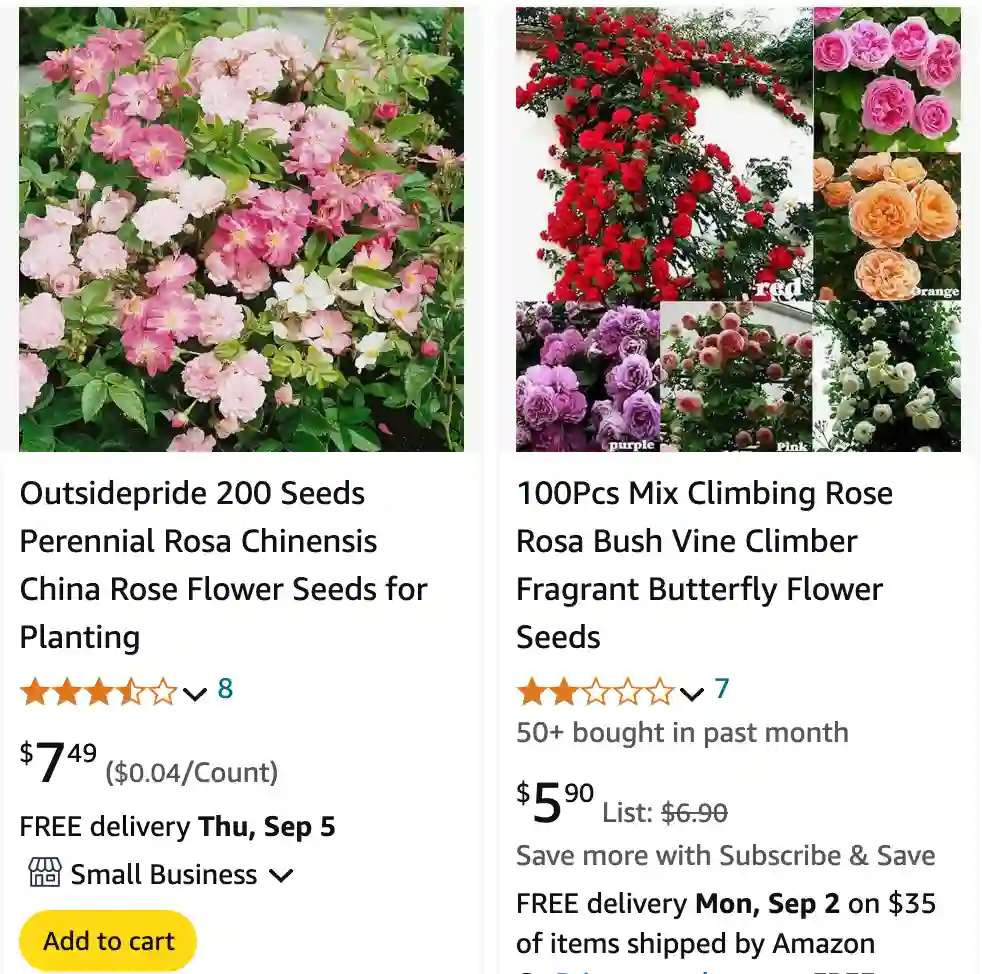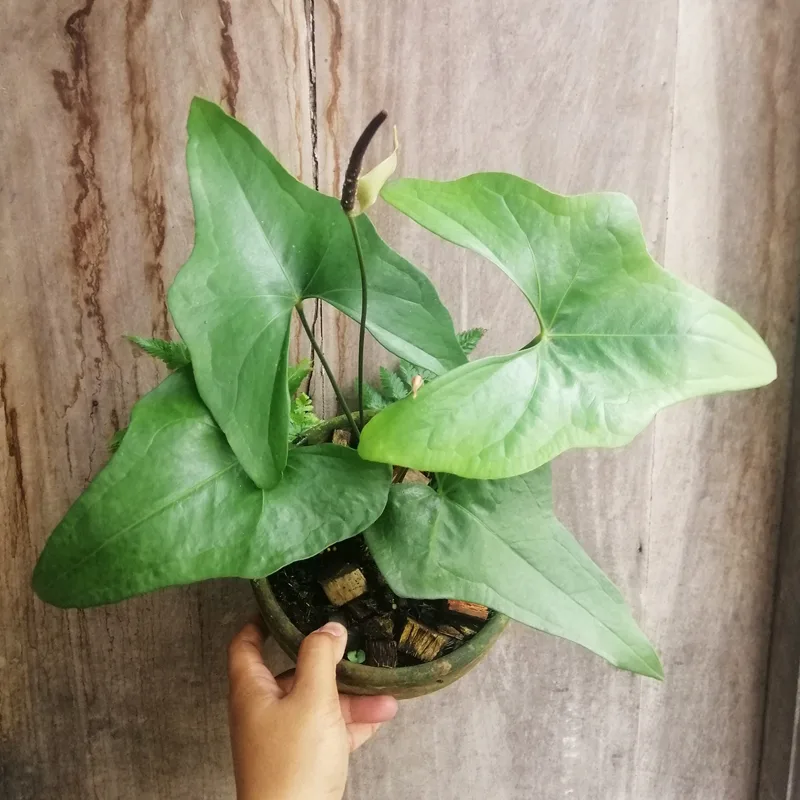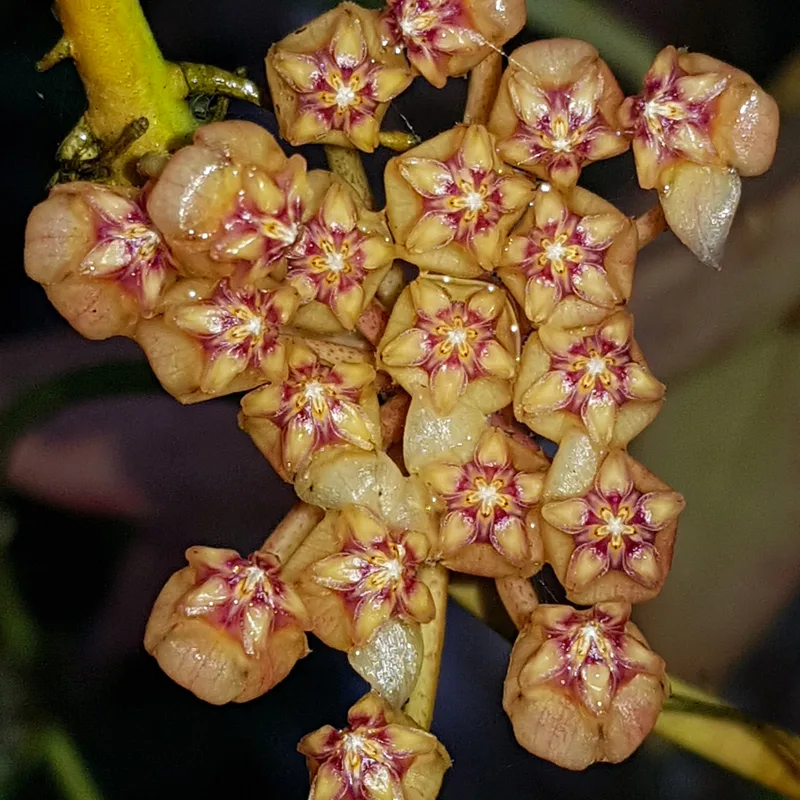
FAQs About Rosa Chinensis
As someone who has spent a fair amount of time growing and learning about various rose varieties, I’ve come across many questions about Rosa Chinensis. If you’re considering adding this beautiful rose to your garden, you might have a few queries yourself. I’m here to share my insights on Rosa Chinensis and address some frequently asked questions.
391 Species in Genus Rosa
How to Grow Rosa Chinensis from Seed?
Growing Rosa Chinensis from seed can be a rewarding but somewhat challenging process. The seeds of Rosa Chinensis require a period of cold stratification to germinate. Here’s how I approach it:
- Preparation: Start by soaking the seeds in water for 24 hours. This helps to soften the seed coat and improve germination rates.
- Cold Stratification: Place the soaked seeds in a damp paper towel inside a plastic bag. Store this in the refrigerator for about 6-8 weeks. This mimics winter conditions and helps break seed dormancy.
- Sowing: After stratification, plant the seeds in a seed-starting mix. I use a mix of peat moss and perlite for good drainage. Sow the seeds about 1/4 inch deep and keep the soil moist but not waterlogged.
- Germination: Place the seed tray in a warm, sunny location or under grow lights. The seeds should germinate in 2-3 weeks.
- Transplanting: Once seedlings have a few sets of true leaves and are strong enough to handle, transplant them into individual pots. Gradually acclimate them to outdoor conditions before planting them in your garden.
Is Knockout Rose Rosa Chinensis?
The Knockout rose is indeed related to Rosa Chinensis. The Knockout rose, a popular and hardy variety, is actually a hybrid that includes Rosa Chinensis in its parentage. Knockout roses are known for their disease resistance and continuous blooming, making them a favorite among gardeners. However, while they share some characteristics with Rosa Chinensis, Knockout roses are a bit different in terms of size, shape, and overall growth habit.
Where Can I Buy a Rosa Chinensis Plant?
If you’re looking to buy a Rosa Chinensis plant, you have several options:
- Local Nurseries: Check with local nurseries or garden centers. They often carry a variety of rose plants, including Rosa Chinensis, especially if you live in an area where roses thrive.
- Online Retailers: Websites like Burpee, Proven Winners, and other specialized online plant retailers offer Rosa Chinensis plants. Be sure to choose a reputable seller to ensure the quality of your plant.
- Plant Exchanges and Clubs: Sometimes, local plant exchange events or gardening clubs offer plants for sale or trade. It’s worth checking out these community resources.
- Specialty Rose Growers: Some nurseries specialize in roses and may have a wider selection of Rosa Chinensis varieties.
How to Care for Rosa Chinensis?
Caring for Rosa Chinensis involves a few key practices to keep the plant healthy and blooming:
- Sunlight: Rosa Chinensis thrives in full sun. Ensure it receives at least 6-8 hours of direct sunlight each day.
- Watering: Regular watering is essential, especially during dry spells. I prefer deep watering to encourage root growth, but be careful not to overwater.
- Soil: Well-draining soil is crucial. A mix of loam, compost, and sand works well. Ensure the soil pH is slightly acidic to neutral.
- Fertilizing: Feed Rosa Chinensis with a balanced rose fertilizer every 4-6 weeks during the growing season to promote healthy growth and abundant blooms.
- Pruning: Prune the plant to remove dead or diseased wood and to shape the plant. This encourages better airflow and more blooms.
How to Propagate Rosa Chinensis?
Propagation of Rosa Chinensis can be done through several methods:
- Cuttings: Take semi-hardwood cuttings in late summer. Dip the cut end in rooting hormone and plant in a pot with a well-draining mix. Keep the soil moist and the cuttings in a warm, humid environment.
- Layering: Bend a lower branch to the ground and cover it with soil. Once roots develop, you can cut it from the parent plant and transplant it.
What to Plant With Rosa Chinensis?
Rosa Chinensis pairs beautifully with many companion plants:
- Lavender: The aromatic foliage and purple blooms of lavender complement the roses and help deter pests.
- Catmint: This plant’s similar growing conditions and attractive blooms make it a great companion.
- Salvia: With its vibrant colors, salvia adds contrast and attracts pollinators.
- Ornamental Grasses: Grasses add texture and a naturalistic look to rose beds.
Can You Grow Rosa Chinensis Indoors?
Growing Rosa Chinensis indoors can be challenging. It requires a lot of light, and maintaining proper humidity and temperature can be difficult. If you have a sunny spot and are willing to provide the right conditions, it is possible, but outdoor cultivation is generally more successful for this rose variety.
Is Rosa Chinensis Toxic?
Rosa Chinensis is not considered toxic to pets or humans. It is a safe choice for gardens where children or pets might be present.
Benefits of Rosa Chinensis
- Beautiful Blooms: Rosa Chinensis offers vibrant and long-lasting flowers.
- Disease Resistance: It is known for its resistance to common rose diseases.
- Versatility: It adapts well to different climates and garden styles.
Common Problems
- Black Spot: This fungal disease causes dark spots on leaves. Regularly inspect your roses and apply fungicides if necessary.
- Aphids: These pests can be controlled with insecticidal soap or natural predators like ladybugs.
Comparing Rosa Chinensis with Other Roses
When comparing Rosa Chinensis to other roses, such as hybrid teas or floribundas, it stands out for its adaptability and disease resistance. Unlike hybrid teas, Rosa Chinensis tends to be more forgiving of less-than-ideal conditions, making it a great choice for less experienced gardeners.
I hope this comprehensive guide helps you with your Rosa Chinensis endeavors! If you have any more questions or need further advice, feel free to reach out.
If i die, water my plants!



